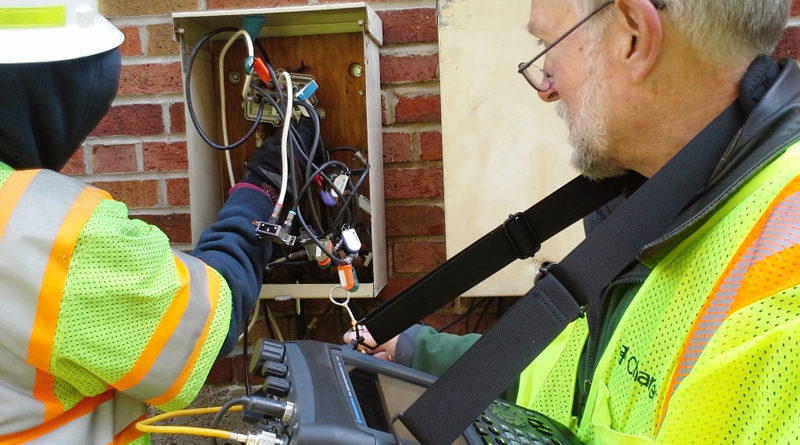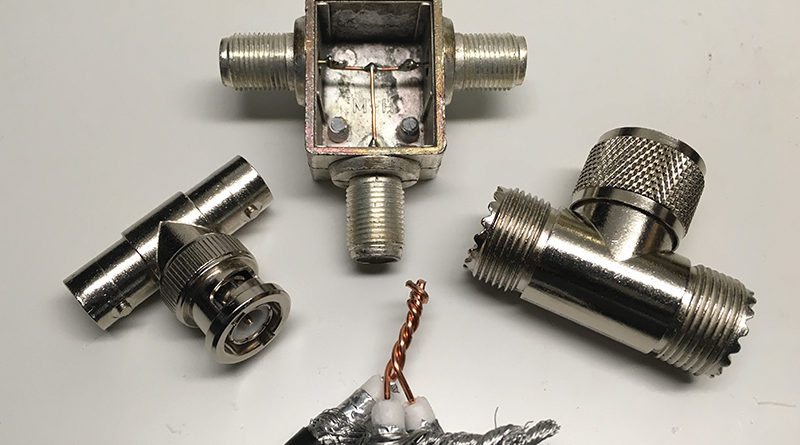Skin Effect and Skin Depth
By Ron Hranac – Skin effect in metallic conductors is an important part of the coaxial cable portions of our networks. Skin effect ensures our radio frequency (RF) signals stay inside of the cables and other components — assuming the shielding is intact, of course. Skin effect is also a major factor in coaxial cable attenuation and is a key reason why attenuation increases as the frequency increases.
Read More



